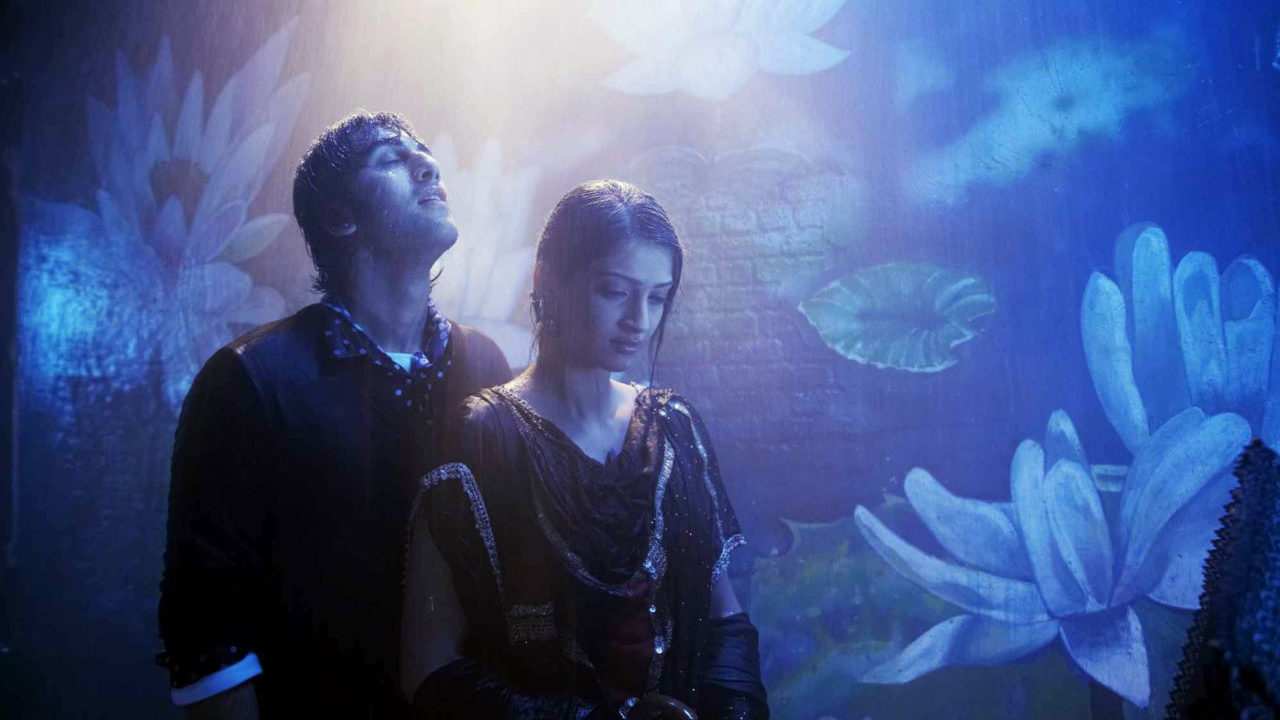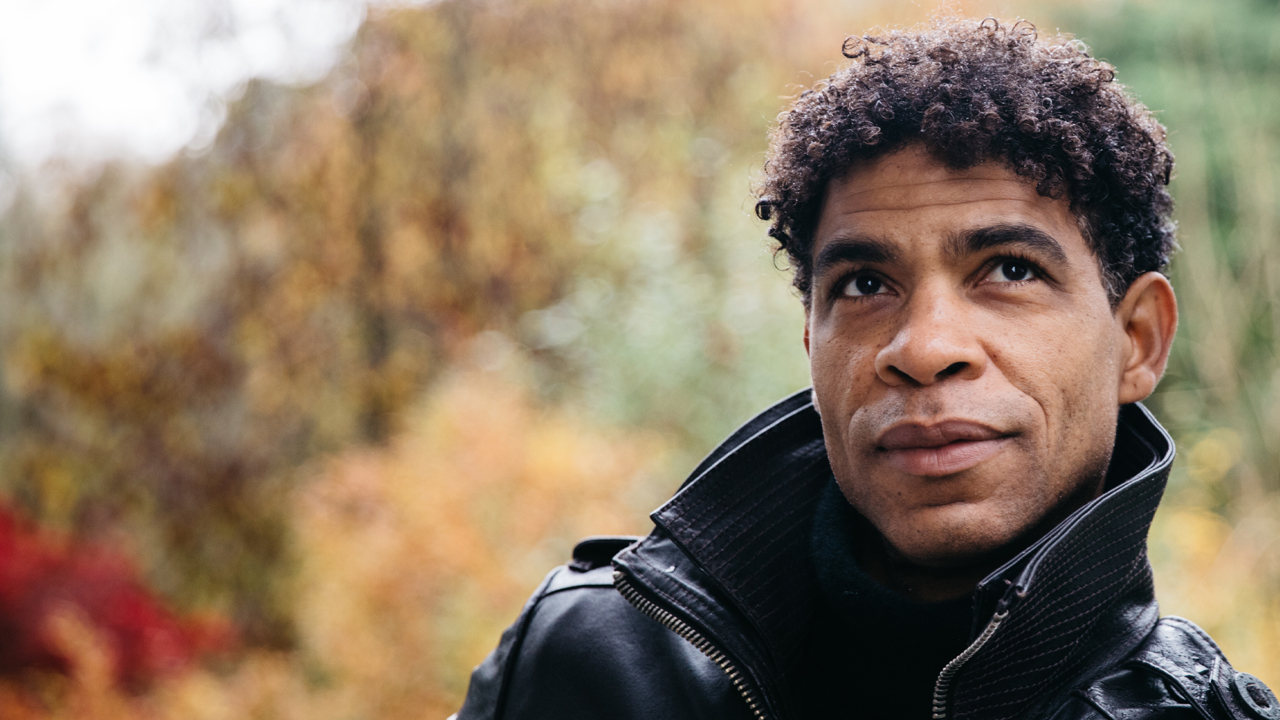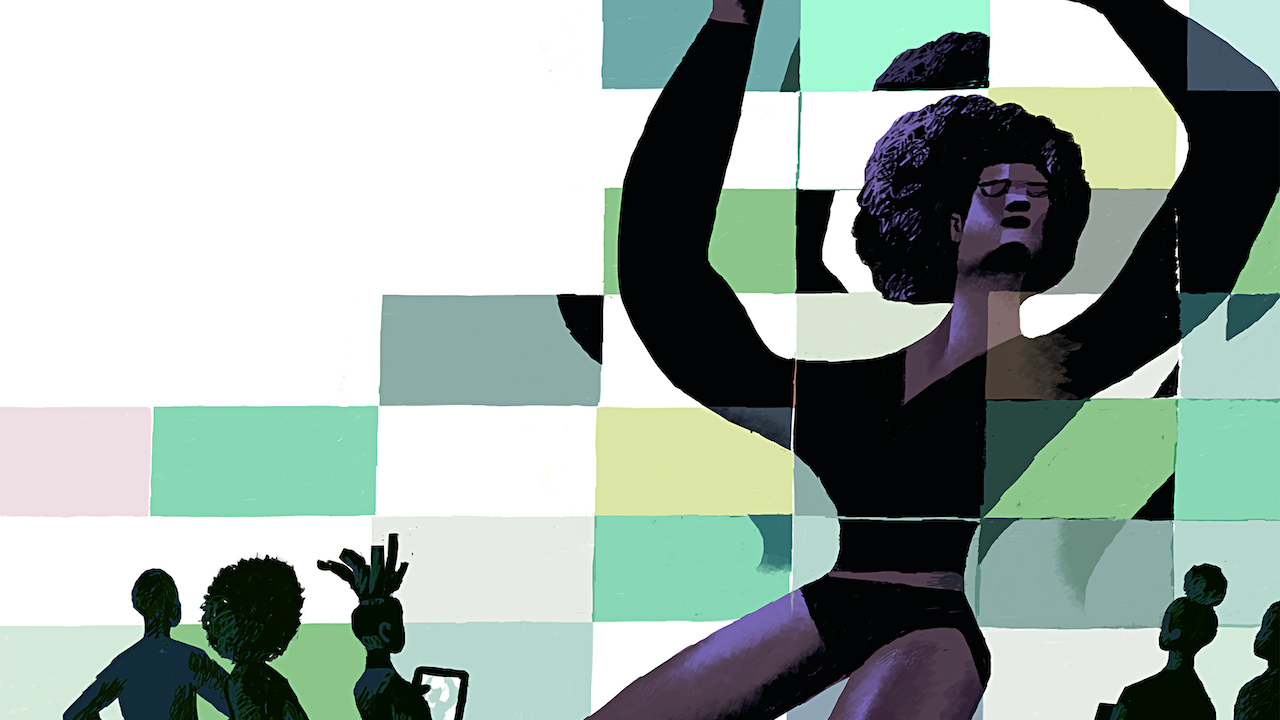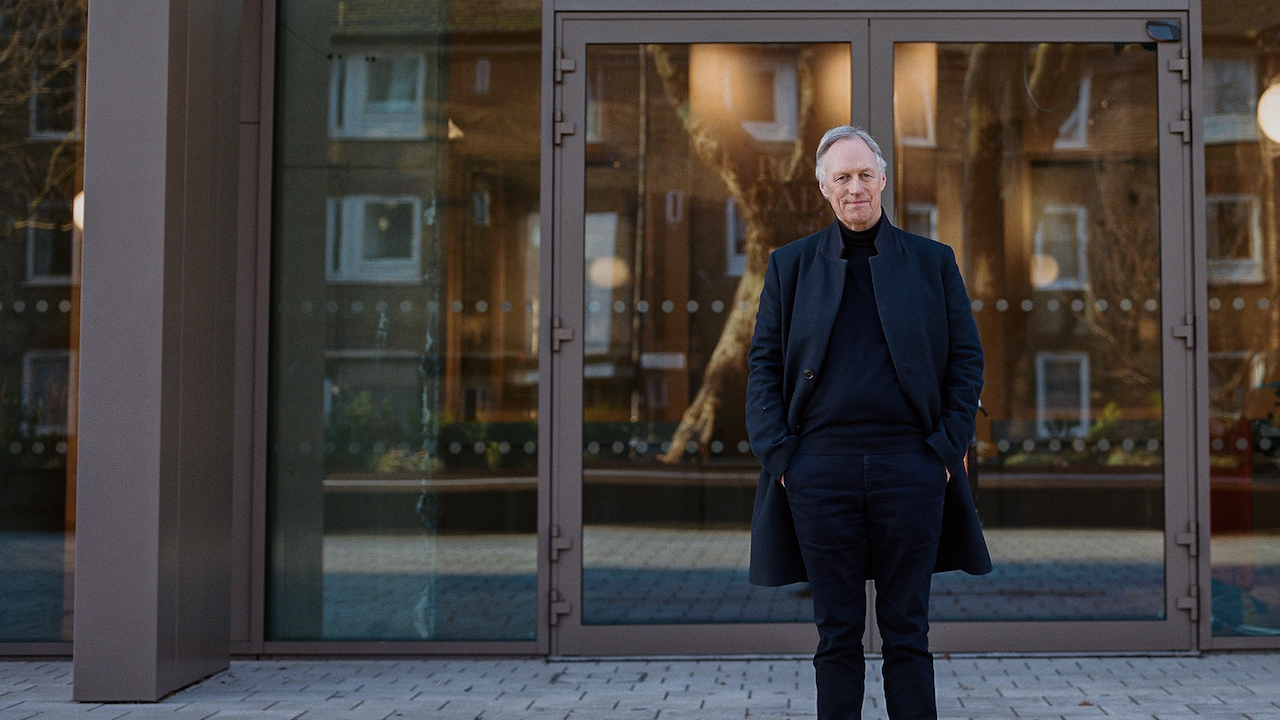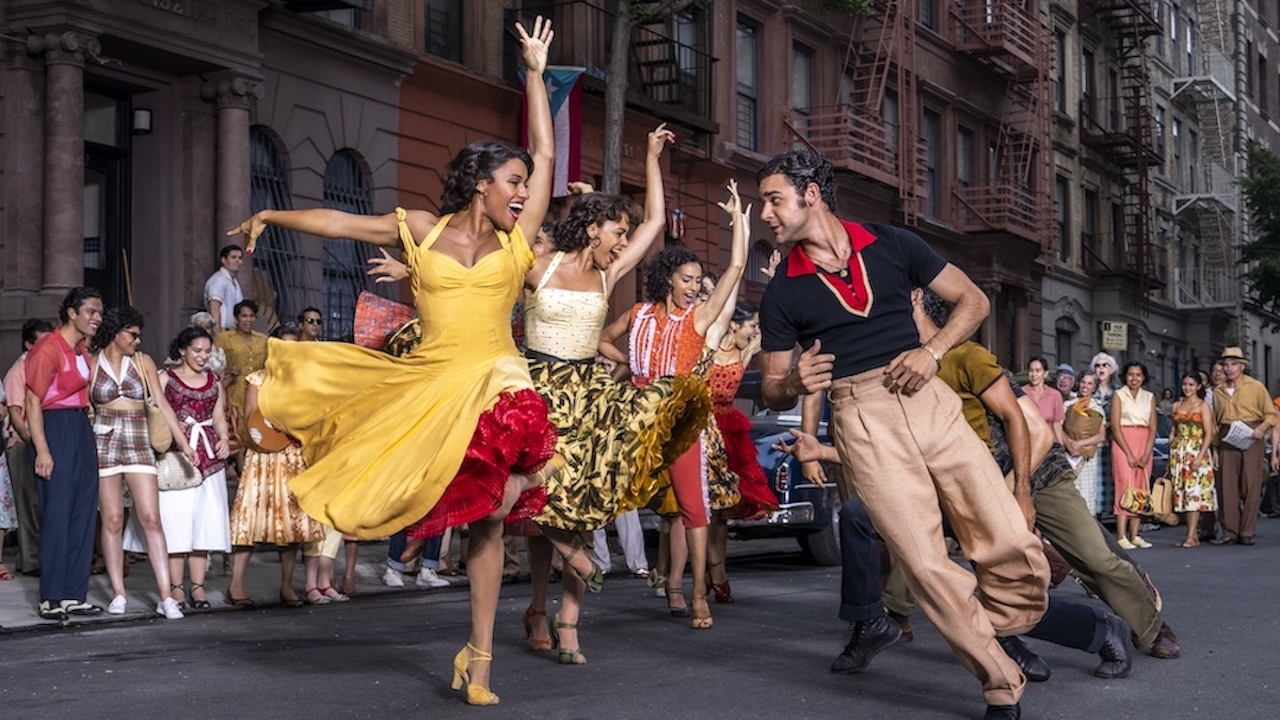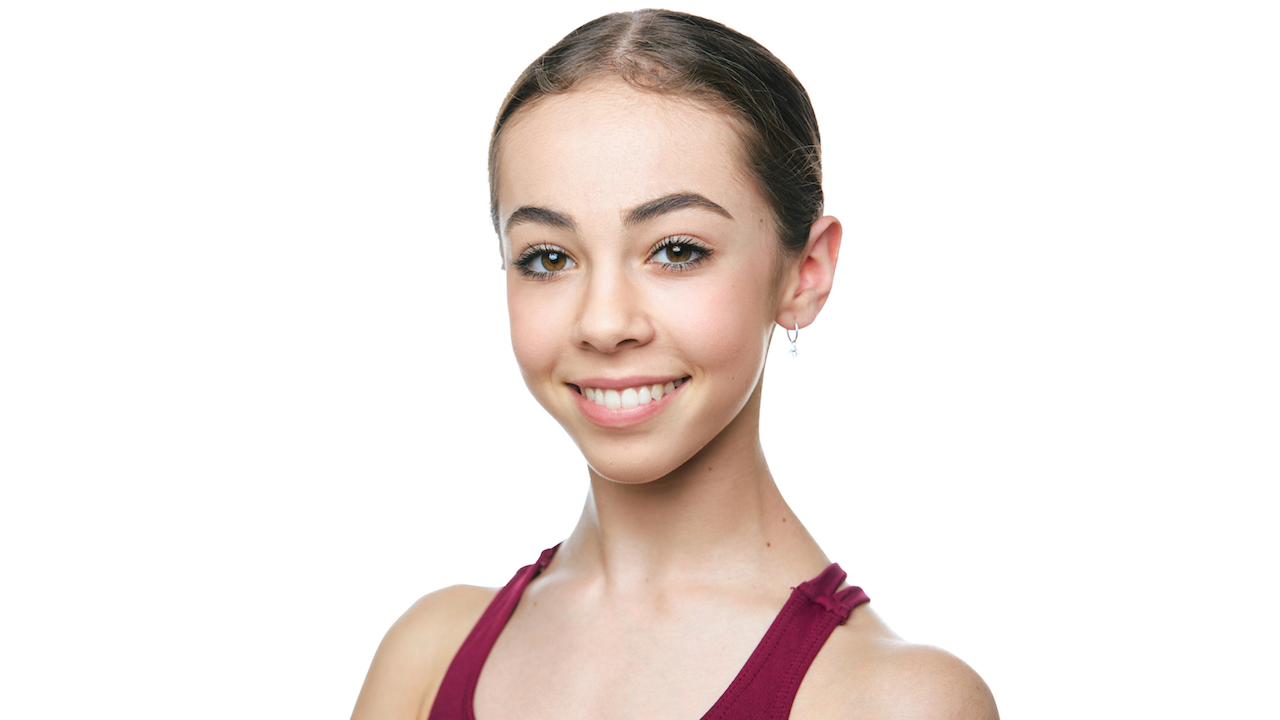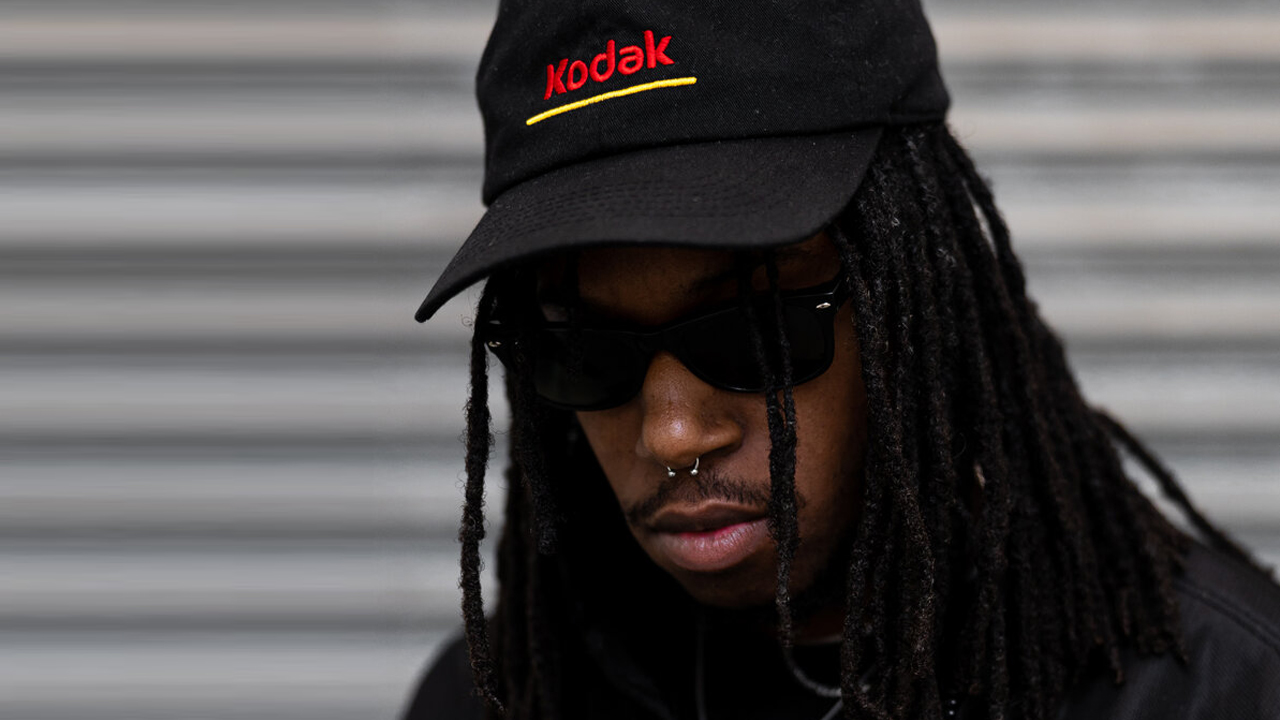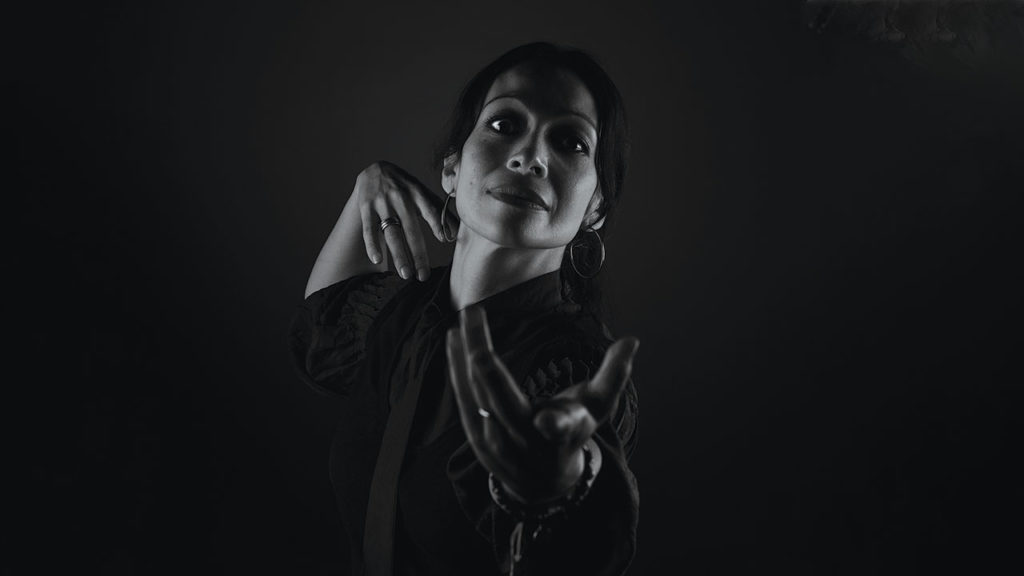In September 2021, soon after a brutal second wave of Covid infection rocked her home state of West Bengal, Prathama Ghosh, 26, uploaded a video to her YouTube channel, That Glam Dancer. Ghosh is a dance teacher, choreographer and aspiring commercial dancer, and the number was a cover of Barso Re (‘Let it Pour’). This famous sequence was danced by Aishwarya Rai in the 2007 hit movie Guru, choreographed by the late Saroj Khan (gaining her eighth Filmfare Best Choreography Award). Like many monsoon sequences in Indian cinema, it was an exuberant display of east-meets-west choreography, with flourishes from classical Indian and folk dance and a section in which Rai swings joyfully on a jhoola, or swing, in a drenching rainfall.
‘I learned the dance in school as a teenager,’ Ghosh says. Her rendition of this much-loved number became a lockdown TikTok vogue overseas as thousands of cooped-up dancers uploaded their takes on its signature moves – including Na Na Re Na Na, a series of slow, retreating steps that signifies the playful refusal of a romantic overture. ‘It started raining when I set up my camera,’ Ghosh adds. ‘I could have danced and danced but it’s not actually very good for my health to dance in the rain.’
‘Rain is a harbinger of joy, but also danger’
Professor Rajinder Dudrah
Monsoon song and dance numbers have been a staple of Hindi and Tamil-language movies for almost a century, says Professor Rajinder Dudrah, author of Bollywood: Sociology Goes To the Movies. Much of this is down to the cultural significance, in India, of the arrival of the rains. ‘In Britain, rain has this dull association with winter,’ he says. ‘But in India the rains bring relief from humidity and a promise of abundance as backyards become swimming pools and city streets become playgrounds. It’s part of the natural rhythm of life that’s written into Hinduism and a raft of cultural traditions. It’s a harbinger of joy, but also danger.’
In Hindi-language cinema (popularly known as Bollywood), the monsoon and dance sequence is a device with several purposes, says Indian movie critic Jai Arjun Singh, editor of Popcorn Essayists: What Movies do to Writers. ‘There’s rain as regeneration, including depictions where villagers look to the skies anxiously waiting for the weeping cloud that will bring fertility and crops; there are romantic rain songs, such as Aamir Khan singing Afsana Pyaar Ka’s Tip Tip Tip Baarish (‘drip, drip, dripping rain’); there are tragic ones such as the title song of Barsaat (Rain), in which a repentant man lights the funeral pyre of the woman he has wronged; and there are, of course, sensual monsoon sequences, with a wet heroine catering to the male gaze.’
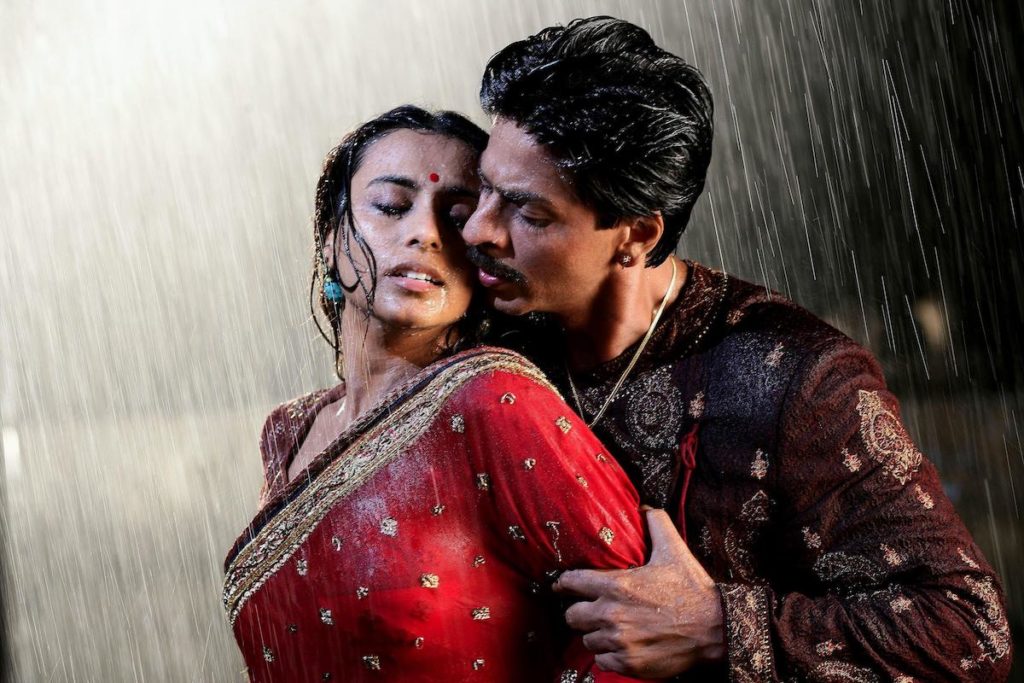
Rohit Chawla, a choreographer and artistic director of Mumbai-based commercial dance school Ensemble Studios, says that a concept of the shifting seasons imbues much of Indian song and dance. Ragas, melodic frameworks with a given set of notes in Indian classical music, include a family of 36 ragas classified as Raga Malhar, or songs of the rain. (The name is derived from the Sanskrit words mala and hari, which literally translate as ‘uncleanliness remover.’)
‘When you include a monsoon song and dance number in a commercial movie you tap into this deep emotional and cultural connection,’ says Chawla, who has trained Bollywood stars including Kareena Kapoor and Sonu Nigam. ‘Even in a thriller, throw in the rain sequence and you will tap directly into the audience’s nostalgia.’
In the first era of the movie monsoon sequence – in movies such as 1955’s Shree420, where golden age actors Nargis and Raj Kapoor hold a single umbrella between them, swaying head-to-head as the Mumbai rain falls – monsoon segments were ciphers for the budding romance, says filmmaker and academic Vikrant Kishore, and a means of evading censorship laws and cultural puritanism. ‘They showed the social mores of the time,’ he says, ‘and wilfully surpassed sexuality.’
This, after all, was an era so coy that kissing was depicted by two touching roses or by a bee hovering over a flower. ‘The leading lady in a wet sari was one way directors found to portray sensuality without kissing,’ says Anupama Chopra, editor of movie title Film Companion. ‘The rains become a metaphor for an outburst of emotion and often, seduction.’ There were also darker examples of the monsoon dance trope in this post-independence period, such as the seminal 1951 Awara (Vagabond), which also starred Raj Kapoor and features a scene where a woman is cast out of the house and gives birth to a child as the rain pours.
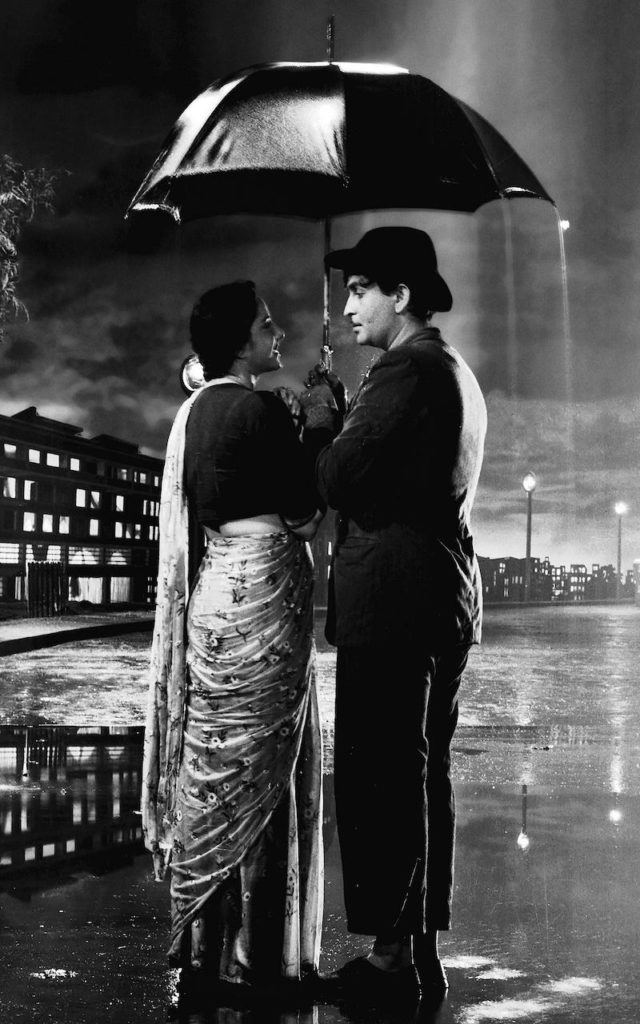
In films from this era, folk dance styles influenced movie choreography, says Chawla, such as rouf, a popular Muslim dance style from Kashmir (in which women dance in rows with synchronised steps and interlocked arms) and nati, from Himachal Pradesh, which also danced by multiple dancers in rows and features sweeping arm gestures. The rural and ethnic heritage of these steps would be immediately understood by audiences, Chawla notes.
By the 1980s, American popular culture had come to influence Indian filmmaking, with movie choreography often featuring an admixture of Indian folk traditions, including the blockbuster Punjabi folk dance Bhangra (originally a harvest dance) and moves popularised by Hollywood, including 1982’s Disco Dancer, which pays homage to John Travolta’s ‘Brooklyn shuffle’ from Saturday Night Fever. In the same year Prakash Mehra’s Namak Halaal (‘Loyal’), starring a youthful Amitabh Bachchan and Smita Patil, features a joyful monsoon sequence in which the couple dance raucously in the Mumbai rain. ‘I love this because it is the rain dance as youthful rebellion,’ says Dudrah. ‘The couple dance together at night and when a policeman comes to chase them away they dance around him, jokingly.’ It is as if being wet has washed away their conventional inhibitions.
‘Monsoon song and dance numbers tap into a deep
Rohit Chawla
emotional and cultural connection’
This same washing away of inhibitions is reflected in Indian cinema’s fascination for Holi (the spring festival in which people douse one another with colour and water). There are countless examples of raunchy Holi dances on screen – Balam Pichkari Jo Tune Mujhe Mari, ‘Beloved, When You Drenched Me’ from the 2013 hit film Yeh Jawaani Hai Deewani (‘The Craziness of Youth’), Rang Barse Bheege Chunarwali (‘Colour Drenches the Beauty’s Scarf) from 1981’s Silsila (‘A Chain of Events’).
By the late 1980s and 90s leading Tamil-language director Mani Ratnam used the monsoon segment as a sophisticated device to convey drama, sensuality and the complexities of a changing social landscape where conservatism and youthful individualism exist in dramatic tension. In Mouna Raagam (‘Silent Symphony’, 1986) heroine Revathy dances in the rain in salwar kameez (the practical top and trouser counterpoint to a sari – see-through or otherwise) and her dance is one of unabashed release. And in Thalapathy (‘The Commander’, 1991) the hero, a courageous slum dweller, is introduced in a playful, choreographically complex rain montage.
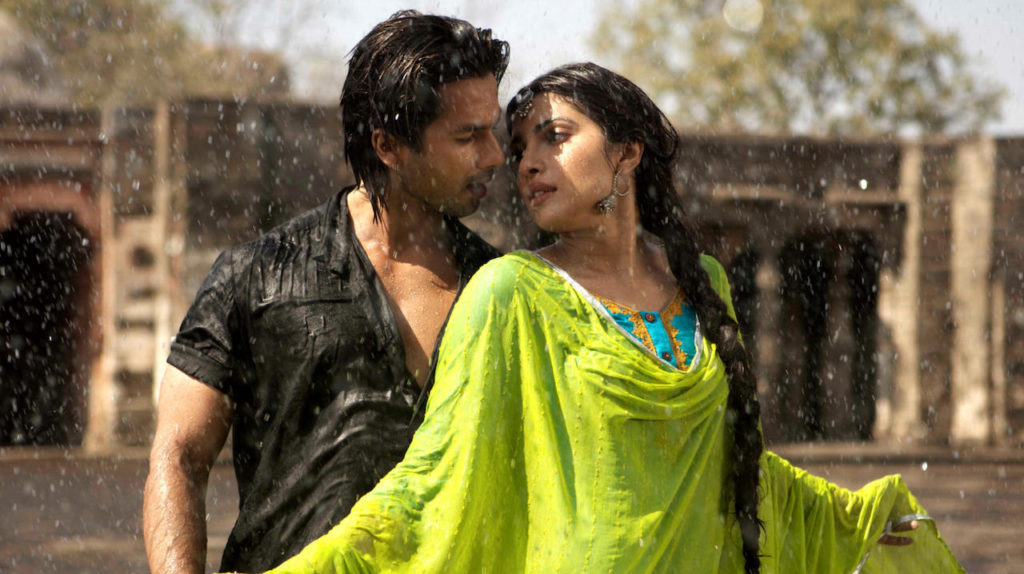
More recently, says Dudrah, the impact of the monsoon sequence has been diluted as cinema, music and choreography become a ‘global mélange’. ‘You have dance that incorporates bharatanatyam [a major form of Indian classical dance that originated in what is now Tamil Nadu] and uses hand gestures, bodily features and facial gestures to tell the story, but you also have elements of western hip-hop and modern urban Indian dance,’ he says. ‘The couple might be dressed in Indian or western attire; it might be highly sexual, or somewhat chaste.’
The shift can be most clearly seen in Tip Tip Barsa Paani (‘Drip, Dripping Raindrops’), a monsoon song and dance sequence from hit 2021 movie Sooryavanshi, in which Akshay Kumar watches the erotic gyrations of actress Katrina Kaif in a monsoon-drenched fairground and the couple writhe x-ratedly in a hall of mirrors. It’s a direct homage to the last appearance of the song in the 1994 film Mohra, in which a more youthful Kumar and Sunil Shetty dance across city rooftops in a downpour. ‘The reworked version is very 2020s,’ says Dudrah. ‘You see the couple in a brightly lit fairground and the choreography is less subtle, more western and much more unapologetically sexual.’
Watch
For Dudrah, the exciting shift of recent years is the disruption of the assumed heterosexuality of Indian commercial film motifs. In Dostana (Friendship) from 2008, the first Hindi-language film to reflect metropolitan gay culture, two male protagonists pretend to be gay to share an apartment with a young woman. The camera lingers on actor John Abraham’s torso in the shower – a shot that calls to mind decades of lusted-over women in wet saris in monsoon sequences. ‘Abraham’s body is not just available to admiring female fans, but also for admiring gay fans too,’ he says.
For all of their inherent joyfulness, the rains have always been a feared and unpredictable force in Indian film: a torrent that gushes and rips apart infrastructure and livelihoods and causes life-threatening floods. Dudrah sees a new generation of writers taking up the classical tropes of Indian cinema and repurposing them with contemporary preoccupations in mind: climate heating, caste and other issues. In Baghban’s (2003) theme song, Dharti Tarse, Ambar Barse (‘The Earth Pines, The Sky Pours), the rain represents the sense of loss and abandonment experienced by an aging couple with an uncaring son who abandons them in their old age.
Watch
Despite the dwindling of song and dance in Indian cinema, as it becomes ‘Hollywoodised’, Kishore believes that emotional dance and song numbers will always be Bollywood’s bread and butter. ‘This is all about songs and dances that people can sing and dance along to, download and dance at weddings and that make films blockbusters as they drive sales,’ he says. For Chawla, who notes the popularity of ‘rain parties’ amongst well-heeled Mumbai residents, a digital environment in which popular movie dances become social media memes has pros and cons. ‘You get many young Indians wanting to be dancers, yet there is a lack of teachers, and dance schools to help them learn the craft.’
Ghosh, for one, will dance the great rain sequences of Indian cinema history for years to come, including several from Dilwale Dulhania Le Jayenge (The Big-Hearted Will Take the Bride), Adita Chopra’s 1995 romance movie – another YouTube favourite, full of hip-swaying and liberated abandon. She plans to move to Mumbai to try her luck in Hindi-language movies when Covid subsides. ‘For me dancing is not just about my ambition but about the joy of life,’ she says.
Geetanjali Krishna and Sally Howard are co-founders of the India Story Agency and 2020 EJC/Gates Foundation grantees for their reporting work on vaccine equity and refugees.

